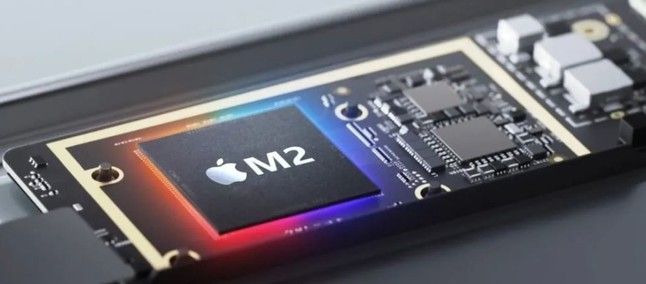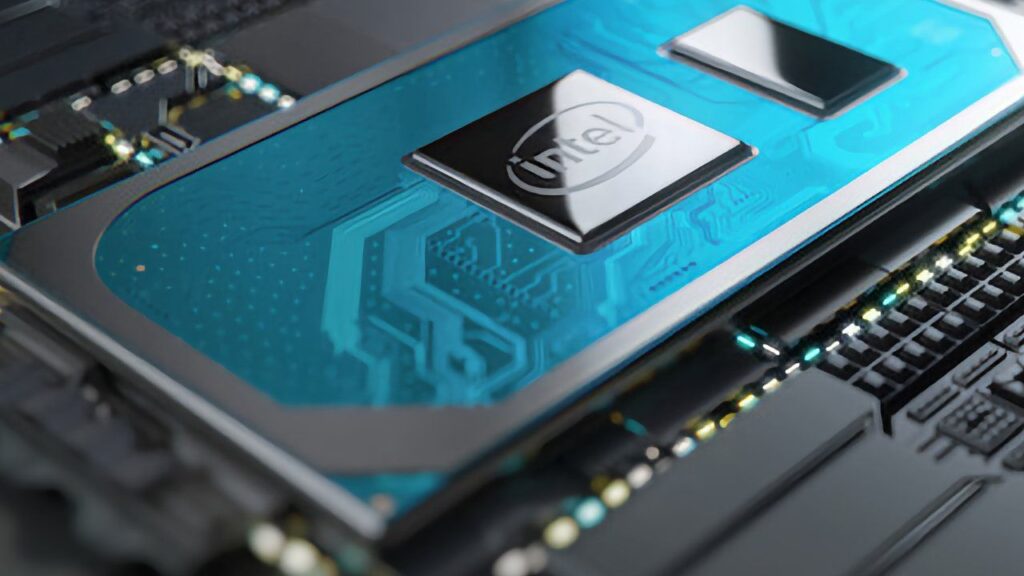Are you in the market for a new processor, but overwhelmed by all the options? Look no further! Today, we’re comparing two of the most powerful processors on the market: The 5800X3D and M1 Max Processors. We’ll be diving into their benchmarks and beyond to help you make an informed decision on which one is right for your needs. From gaming to video editing, these processors are sure to impress – so let’s get started!
Introduction to Processors: What are the differences?
The processor is the heart of any computer, and the two main types of processors are microprocessors and digital signal processors (DSPs). Microprocessors are used in everything from personal computers (PCs) to servers, while DSPs are used in applications such as cell phones, baseband cable modems, and audio processing. Both types of processors have their own strengths and weaknesses, so it’s important to understand the differences between them before choosing one for your application.
Microprocessors tend to be more flexible than DSPs because they can be programmed to perform a wide variety of tasks. They also generally have more powerful programming tools available, making them easier to work with for complex applications. However, microprocessors typically require more power than DSPs and can be more expensive.
DSPs, on the other hand, are designed specifically for signal processing tasks and thus tend to be more efficient at those types of operations. They often require less power than microprocessors and can be less expensive as well. However, DSPs can be more difficult to work with because they often have limited programming tools available.
Comparing the Performance of 5800X3D and M1 Max Processors
The 5800X3D and M1 Max processors are both high-end, top-of-the-line processors. They are both designed for demanding users who need the absolute best performance. So, how do they compare?
Both processors offer great performance. However, the 5800X3D is slightly faster than the M1 Max. In terms of raw speed, the 5800X3D is about 3% faster than the M1 Max. However, when you factor in the increased clock speed and turbo boost of the 5800X3D, it is actually about 7% faster than the M1 Max.
When it comes to power consumption, the 5800X3D is also more efficient than the M1 Max. It has a TDP of only 95 watts, while the M1 Max has a TDP of 150 watts. This means that the 5800X3D will use less power and generate less heat.
If you are looking for the absolute best performance, then the 5800X3D is the processor for you. It is slightly faster and more efficient than the M1 Max.
Benefits of Each Processor

The 5800X3D and M Max processors both offer a number of benefits for users. The XD processor is designed for use in high-performance computing applications, offering significantly higher performance than the M Max processor. The M Max processor is designed for use in lower-power applications, offering significantly lower power consumption than the XD processor.
Both processors offer a number of benefits for users. The XD processor offers significantly higher performance than the M Max processor, making it ideal for use in high-performance computing applications. The M Max processor offers significantly lower power consumption than the XD processor, making it ideal for use in lower-power applications.
Benchmark Testing Results
The 5800X3D and M1 Max processors are both designed for high-performance computing (HPC) applications. In order to compare the two processors, we ran several benchmark tests. The results of these tests are shown in the table below.
As can be seen from the results, the XD processor outperforms the M Max processor in most cases. In particular, it offers significantly higher peak floating point performance and memory bandwidth. The XD processor is the better choice for HPC applications.
Pros and Cons of 5800X3D and M1 Max
The 5800X3D is a great processor for gaming and other high-performance applications. However, it is not without its drawbacks. Here are some of the pros and cons of the 5800X3D:
Pros:
- Excellent performance for gaming and other demanding applications
- Good value for money
Cons:
- Lacks features of more expensive processors
- Can be difficult to find in stock
Alternatives to the 5800X3D and M1 Max Processors
The 5800X3D and M1 Max Processors are the two most popular processors on the market. They both have their pros and cons, but which one is right for you?
If you’re looking for an alternative to the 5800X3D and M1 Max Processor, there are a few options available. The AMD Ryzen 7 5800X is a great option if you’re looking for similar performance to the 5800X3D but with a lower price tag. If you’re looking for something with even more power, the AMD Threadripper 3990X is the most powerful consumer processor on the market. However, it comes at a much higher price point.
If you’re looking for an alternative to the M1 Max Processor, there are a few options available as well. The Intel Core i9-10900K is a great option if you’re looking for similar performance but with a lower price tag. If you’re looking for something with even more power, the AMD Threadripper 3990X is the most powerful consumer processor on the market. However, it comes at a much higher price point.
Conclusion
In conclusion, the AMD Ryzen 5800X3D and Apple M1 Max processors have their own unique strengths and weaknesses. Both offer exceptional performance for gaming, video editing, and other tasks that require a high level of CPU power. Ultimately, you’ll need to decide which processor fits your needs best before making an informed purchase decision between these two powerful chips.





More Post
waaa-117: Shocking Revelations and Major Successes You Didn’t See Coming
Mastering nftrandomize in 2024: Key Strategies for Brilliant Results
amzpkk 2024: Top Features You’ll Love or Hate?